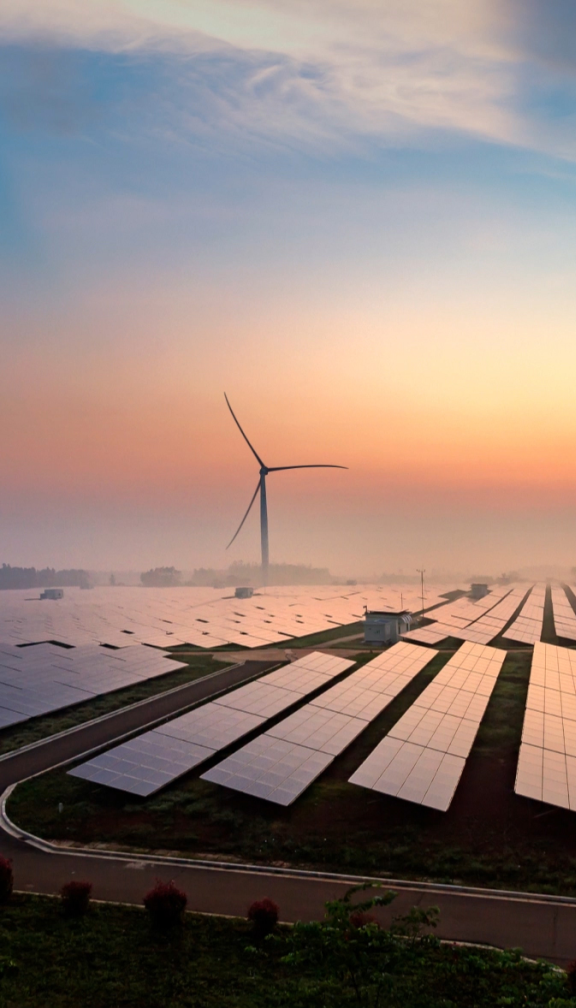About the Project
Transmission & Generation
Clean Path NY is one of the largest renewable energy infrastructure projects in the United States, combining state-of-the-art HVDC underground transmission with new, in-state wind and solar power to modernize New York’s aging, fragmented electric grid and accelerate the state’s transition to zero-emission electricity by 2040. Upon commercial operation, Clean Path NY will increase New York’s solar energy capacity by 60%, double the state’s installed wind capacity, and add 1,300 MW of reliable transmission to the grid.

